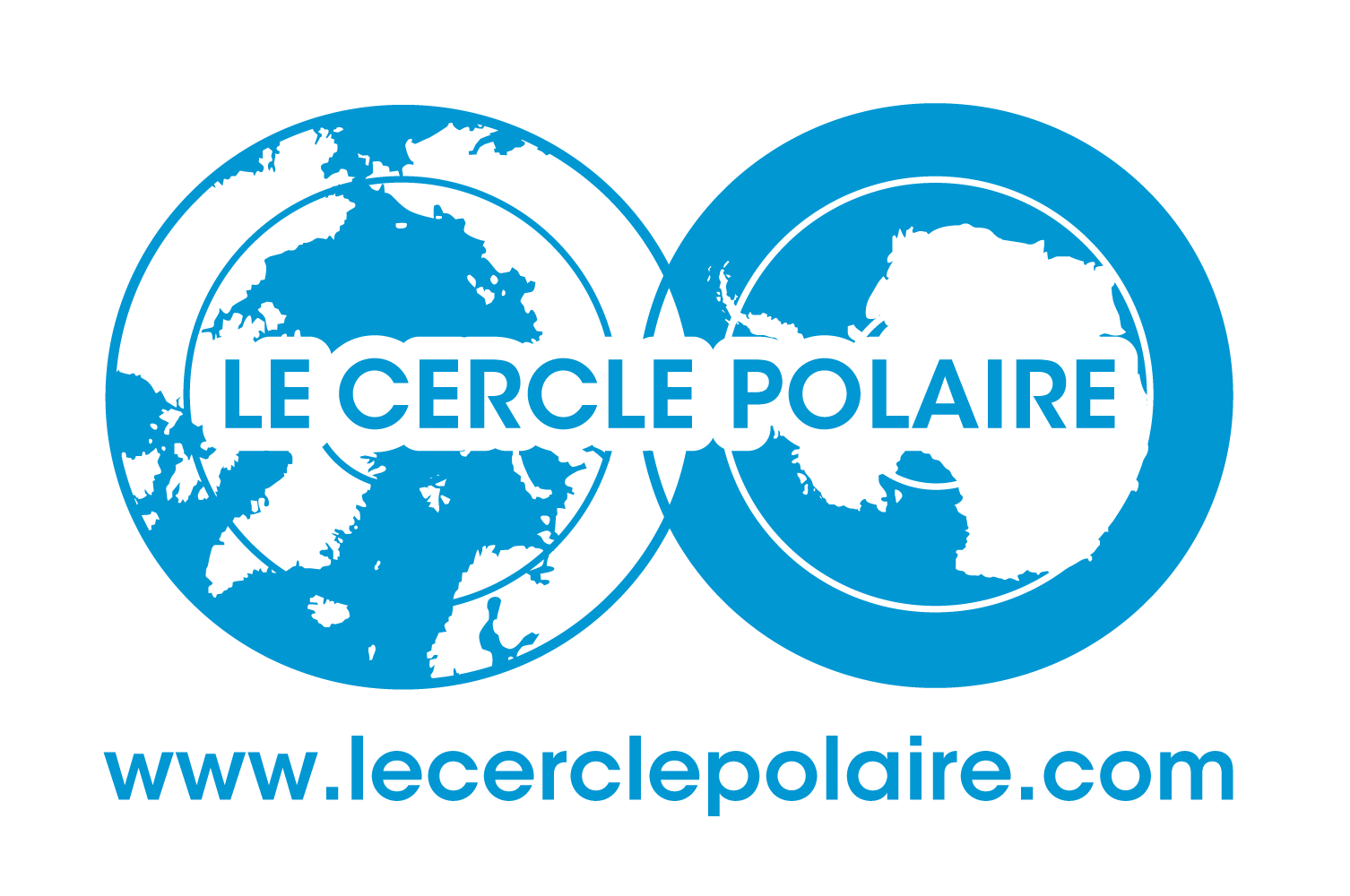
Chimiste • États-Unis
La découverte du trou d’ozone au-dessus de l’Antarctique a été l’un des événements écologiques majeurs du XXe siècle
Susan Solomon est une spécialiste de la chimie de l’atmosphère, connue pour ses travaux sur la physico-chimie du « trou » dans la couche d’ozone au-dessus de l’Antarctique. En 1987, ce chercheur de la NOAA dirigea une expédition en Antarctique qui collecta des données clés pour établir la thèse d’une origine non naturelle du trou d’ozone. En hommage à son travail, son nom a été donné à un glacier en Antarctique.
In 1985, scientists at the British Antarctic Survey shocked the world by announcing that they had measured a massive loss of ozone above Halley station. Scientists worldwide puzzled over the cause of the unexpected phenomenon that the world now knows as the Antarctic ‘ozone hole’, which proved to be one of the most important environmental stories of the 20th century. I was the primary author of a paper putting forth a hypothesis that the reason for the ozone hole might be an unanticipated chemistry involving chlorine (a reaction between hydrochloric acid and chlorine nitrate) on the surfaces of the polar stratospheric clouds that form in the uniquely frigid Antarctic stratosphere. In 1986, I had the good fortune to go to Antarctica to measure not only ozone but also a range of the chemicals that would be indicators of such chemistry. The source of nearly all atmospheric chlorine is the chlorofluorocarbon that was then ubiquitous across modern life: in refrigerators, air conditioning, solvents, foams, and more. My speculation about chlorine and clouds would convert polar chlorine to forms that could devour ozone much faster than previously thought. It would also mean that humankind, not nature, was the fundamental cause of the disappearing Antarctic ozone. Our data miraculously bore fruit shortly after they were collected, showing very high levels of chlorine dioxide totally unlike other places on Earth. While our measurements were the first, they were by no means the only pieces of evidence needed to establish the cause of the ozone hole beyond reasonable doubt. Independent observations of many other key chemicals quickly followed. Within a few years, the world agreed to the Montreal Protocol to limit and eventually phase out emissions of chlorofluorocarbons, a landmark global environmental agreement owing its success to the strength of many different observations by dozens of scientists. Chloroflurocarbons live in the atmosphere for many decades, so the chlorine already here will decay only very slowly and will continue to create Antarctic ozone holes for decades to come, but the hole will eventually close sometime around 2060. By its nature and culture, science seeks the truth, that’s its beauty and value. The challenge is to communicate to the public these aspects, along with what we do and don’t know. In the tale of the ozone hole, science has told a remarkable story that has resonated around the world.

